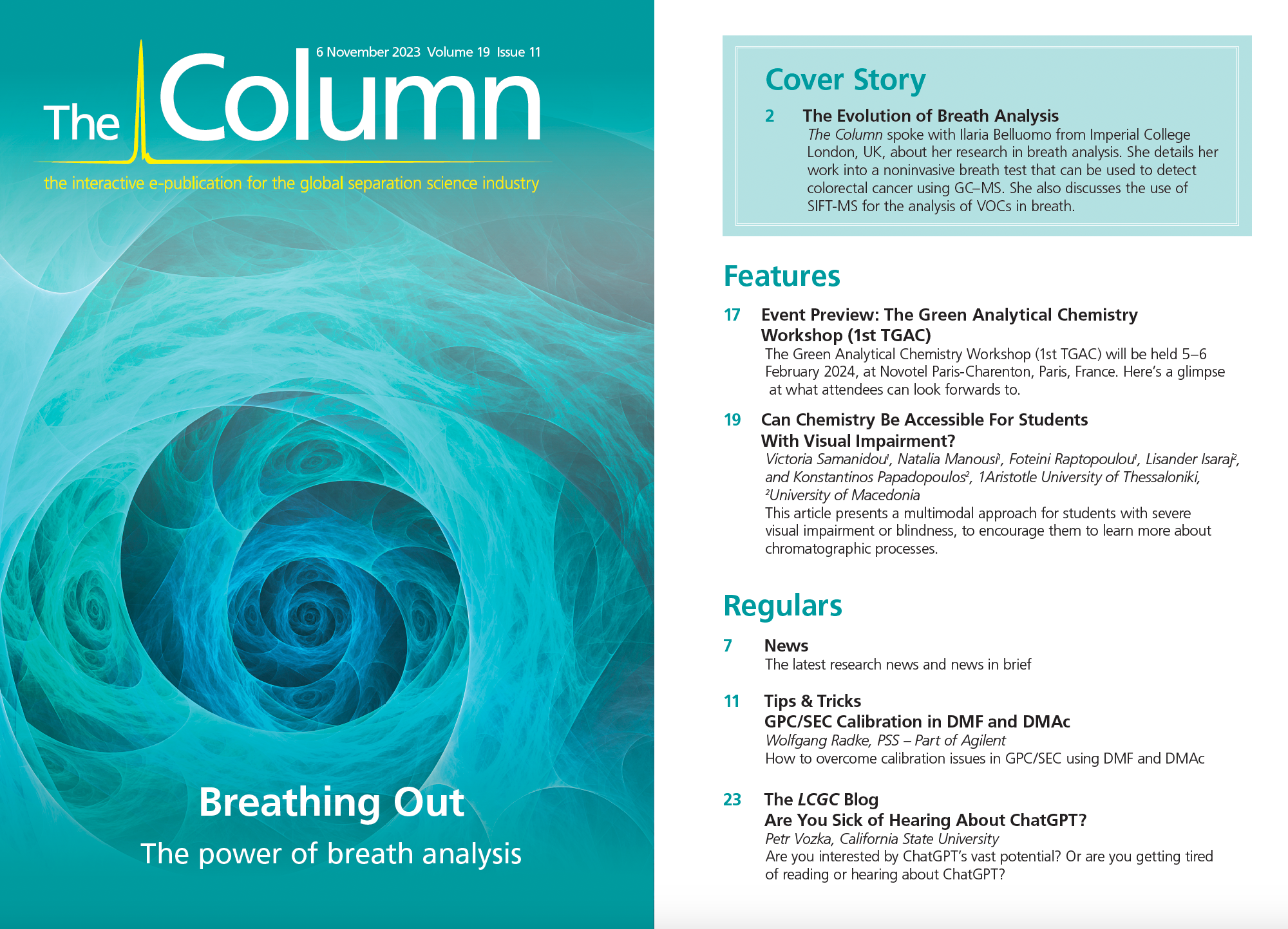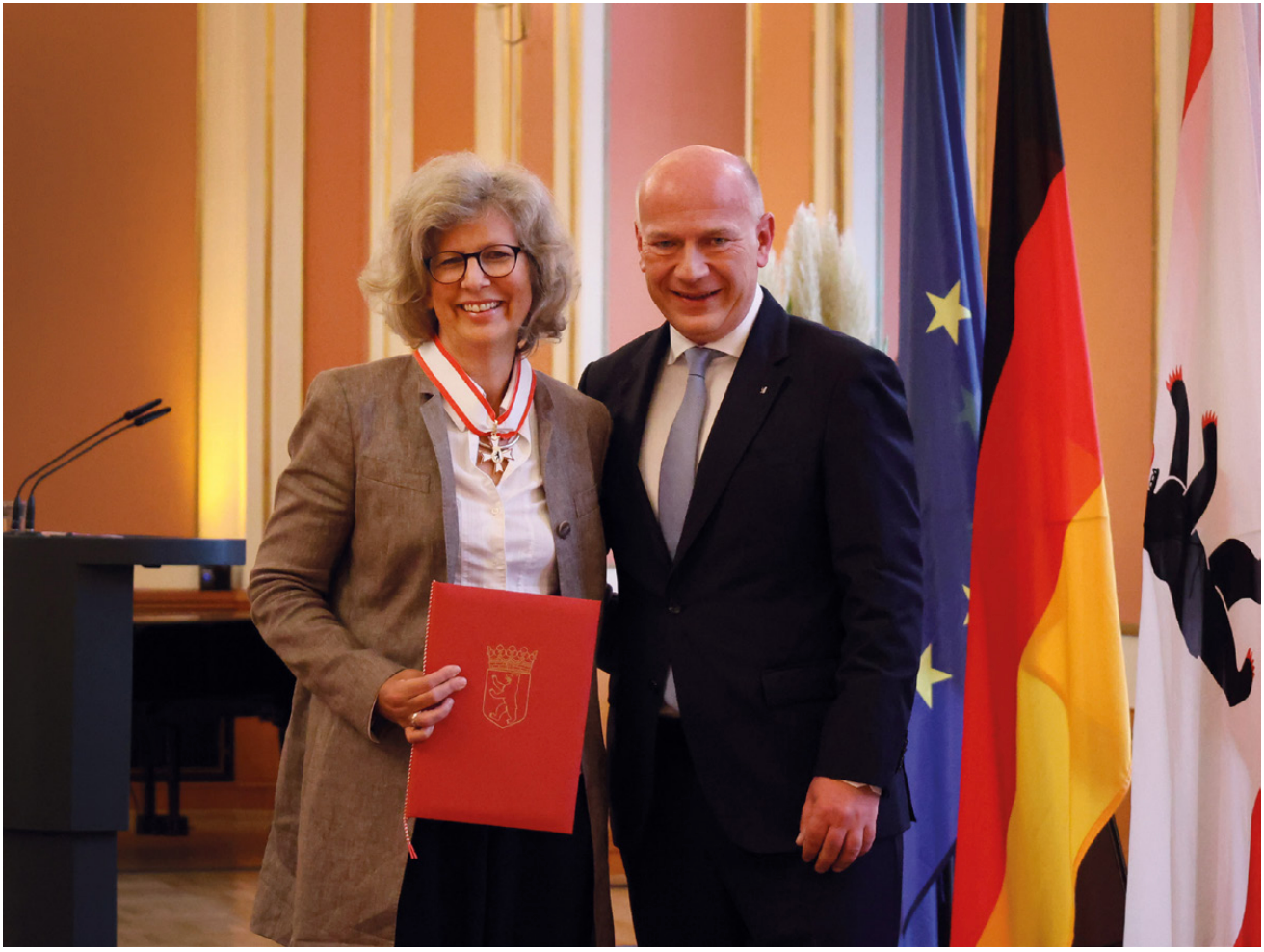Event Preview: The Green Analytical Chemistry Workshop (1st TGAC)
The Green Analytical Chemistry Workshop (1st TGAC) will be held 5–6 February 2024, at Novotel Paris-Charenton, Paris, France. Here’s a glimpse at what attendees can look forwards to.
France - Paris | Image Credit: © Phil_Good - stock.adobe.com

In 2011, a series of workshops dedicated to sorptive extraction techniques was launched under the moniker SBSE Technical Meeting. This series of workshops has been a major meeting place for solid-phase microextraction (SPME) and stir-bar sorptive extraction (SBSE) users, where theoretical considerations and practical experiences could be exchanged in an informal way. During these meetings, the green analytical chemistry aspects of techniques such as thermal extraction, headspace sampling, SPME, and SBSE were highlighted and demonstrated.
After five biannual editions (2011–2019), the organizers have decided to broaden the focus of this meeting to all aspects of green analytical chemistry. While sample preparation is an essential part of an analytical procedure, it greatly contributes to the environmental impact of the laboratory. Techniques that implement miniaturization, automation, solvent, and waste reduction are therefore very welcome. In addition, the consumption of energy and analytical gases are being evaluated more and more, with the goal of drastically reducing the environmental footprint of analytical chemistry.
During this first TGAC workshop, the different aspects of green sample preparation methods, energy consumption, and technical aspects, such as the search for alternatives to helium consumption in gas chromatography (GC), will be discussed.
The workshop programme includes approximately 20 presentations given by international experts and a roundtable discussion on the green transition of laboratories, on helium replacement, and the use of hydrogen in the GC laboratory.
New and renewed approaches of solventless sample preparation methods, including dynamic headspace sampling, vacuum-assisted sorptive extraction, and automated SPME with extended sorbent amounts, will be presented. From cognac to vegetable oils, from sediments to beer, from cheese to the human body, via wine, wastewater, and new polymers, the applicability of these techniques will demonstrate that green analytical chemistry is on the rise.
Attendees will be able to meet with representatives of the following companies: Agilent, Leco, Restek, FDGSi, PerkinElmer, Fameco, RIC Technologies, LCTech, Biotage, and Gerstel.
Contact Info
Email: david.benanou@veolia.com
Website: http://www.tgacworkshop-paris.com/

Troubleshooting Everywhere! An Assortment of Topics from Pittcon 2025
April 5th 2025In this installment of “LC Troubleshooting,” Dwight Stoll touches on highlights from Pittcon 2025 talks, as well as troubleshooting advice distilled from a lifetime of work in separation science by LCGC Award winner Christopher Pohl.



















